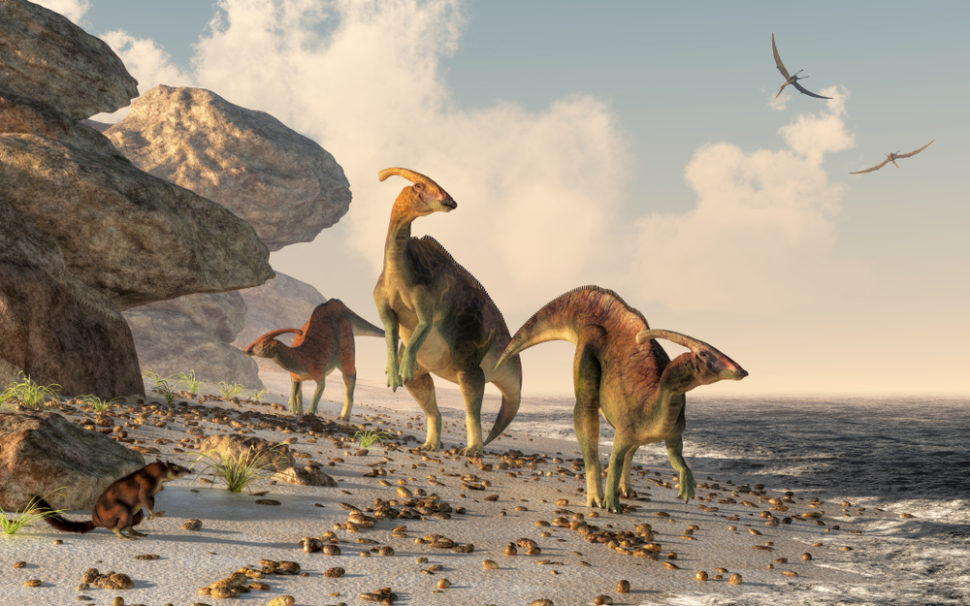Since the 1960s, the town of Frick, in northern Switzerland, has been known for Gruhalde clay pit, considered the most proliferous locality in Europe for Late Triassic dinosaurs. Thousands of bones from different dinosaur species, including a complete skeleton of a plateosaurus, were found there.
In 2006, paleontologists digging near Frick’s clay quarry unearthed a well-preserved theropod skeleton from the late Triassic Period (251-199 million years ago).
They weren’t quite sure which genus and species of dinosaurs it belonged to.
They had to place the species on the map of the evolutionary tree, not an easy task that took them several years to accomplish, and now we have the results.
‘N. Frickensis,’ New Dinosaur Species
The results of the phylogenetic analysis have come in, revealing that the skeleton belongs to a new dinosaur species, the likes of which scientists have never seen.
Most likely a carnivorous predator, this dinosaur, which measured about 8.5 feet long, is now officially declared as a new genus and species that don’t resemble any other known dinos.
As a reference to Frick, its resting place, paleontologists named the new dinosaur Notatesseraeraptor frickensis.
The study’s first author Marion Zahner, from the University of Zurich Paleontological Institute and Museum, knew the dinosaur had some unique traits the moment she saw it.
“We realized that it was something important,” she told CNN. “The skull is very interesting from an evolutionary standpoint.”
In addition to a nearly complete skull, the specimen also includes two articulated forelimbs and some stomach contents. They were even able to determine that this dino last feasted on a small lizard.
“Notatesseraeraptor frickensis gen. et sp. nov. is an early-diverging neotheropod with affinities to Dilophosaurus and Averostra and displays an interesting mixture of character states typically seen either in coelophysids or in dilophosaurids,” the researchers wrote in their paper.
The skull is now sitting in professor Zahner’s office, while a full replica and a model skeleton are exhibited at the Sauriermuseum Frick, a small dinosaur museum in the town. For Zahner, it’s about the teachings of how species evolved over the course of time that this dinosaur model, like all others, will pass on to experts and random visitors. For example, how many people know that modern birds are descendants of dinosaurs?
“I just think every fossil is very special and it’s important the whole tree of life to understand past present and future,” said Zahner.
On that note, elsewhere, specifically in Big Bend National Park in southwest Texas, the fossil skull of a dinosaur discovered back in the 1980s was just identified as belonging to a new genus and species of duckbilled dinosaur.
Called Aquilarhinus palimentus, this herbivorous dinosaur with a strange-looking aquiline snout, hence the name, lived at the end of the Mesozoic Era, around 250 to 65 million years ago.


















Comments (0)
Most Recent